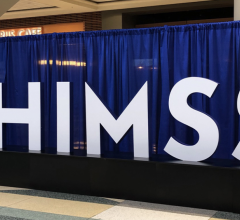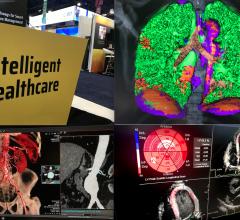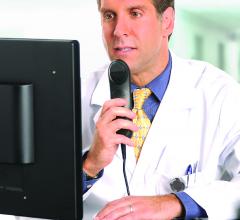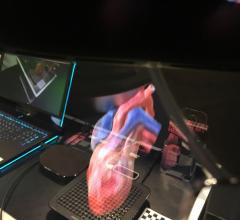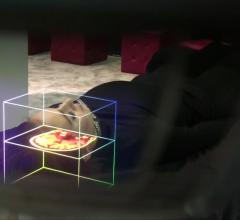
February 9, 2017 — Charleston Area Medical Center (CAMC) has documented reduced readmissions for congestive heart failure (CHF), chronic obstructive pulmonary disease (COPD) and other chronic conditions. Driving this success is a comprehensive strategy supported by the SmarTigr interactive patient engagement and education system from TeleHealth Services.
The four-hospital system in West Virginia reversed a trend of rising readmissions. CAMC reduced their readmissions for CHF by more than 22 percent and COPD by almost 30 percent in early 2016 compared to the previous year. Readmissions were also reduced for pneumonia.
The addition of TeleHealth Services’ integrated patient engagement system provides the technology foundation for improved patient-specific education. Interactive patient engagement solutions meet both the patient and hospital needs by creating clinical workflow efficiencies and engaging patients and caregivers across the recovery continuum. Better coordinated care with more empowered patients favorably impacts health outcomes.
CAMC and its Multidisciplinary Patient and Family Education Council launched an initiative to reduce readmissions for chronic diseases in 2015. CAMC added the SmarTigr solution to standardize patient education and increase patient engagement. The strategy included a detailed clinical assessment at admission and nurse navigators who coordinate care and a smooth transition after discharge to other facilities as appropriate. Patients and their families have recognized the value of video-based education, shown by increased Hospital Consumer Assessment of Healthcare Providers and Systems (HCAHPS) satisfaction scores, spurring adoption of education strategies in other units across the health system.
The National Assessment of Adult Literacy reports that only 12 percent of adults have proficient health literacy and are able to self-manage their health. Don Lilly, M.D., a cardiologist and associate chief medical officer at CAMC, recognized the importance of interactive patient education in helping heart failure patients self-manage their disease and the value of providing the education throughout their recovery.
“Many patients are visual learners and can better retain information from videos than from reading patient handouts. Videos along with corresponding quizzes through the television in their room stimulate conversation and facilitate learning for the whole family,” Lilly said. “When patients involve their own family members in the process, they have more support and a greater chance of compliance once they go home. That helps to keep them from coming back to the hospital.”
The SmarTigr system integrates smart TVs, hospital software platforms and mobile applications with a library of interactive videos designed to educate patients about their care and medications. Through electronic medical record (EMR) automation, condition-specific curriculums available in multiple languages are prescribed and monitored. The system generates activity reports for staff to review, document and measure compliance and patient comprehension. Records of patients viewing the videos are tracked and become part of their medical record. Patients are also asked to complete quizzes to assess education comprehension.
Lilly worked with Beverly Thornton, RN, CAMC Health Education and Research Institute education director, and two “nurse navigators” to develop a standard approach for educating patients. The nurse navigators work directly with front-line nurses to share disease-specific “video prescriptions” through SmarTigr. They developed CHF, COPD and other disease-specific “video prescriptions,” detailing a list of educational content that patients are required to watch prior to discharge. Videos are followed by comprehension quizzes. Reports with the quiz results are automatically sent to the nurse navigators who follow up with patients providing additional teach-back opportunities.
“Seeing this positive trend in reducing readmissions and improving satisfaction has led other units and departments to look at the patient engagement system as a way to improve delivery of education and better prepare patients for taking care of themselves after discharge,” Thornton said, adding that the success has been a catalyst for other units in the system to adopt the strategy.
“Patients appreciate that SmarTigr is simple to use and the education is easy to follow,” said one of the nurse navigators, Natalie Osborne, LPN. “Some ask if they can watch the videos again when their families come to visit. When we talk about getting patients more engaged in their care, this has helped us make that happen. We are definitely big fans of the TeleHealth Services’ solution.”
For more information: www.telehealth.com

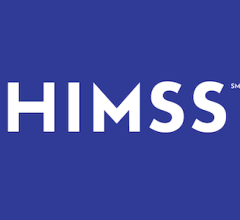
 November 15, 2024
November 15, 2024 


